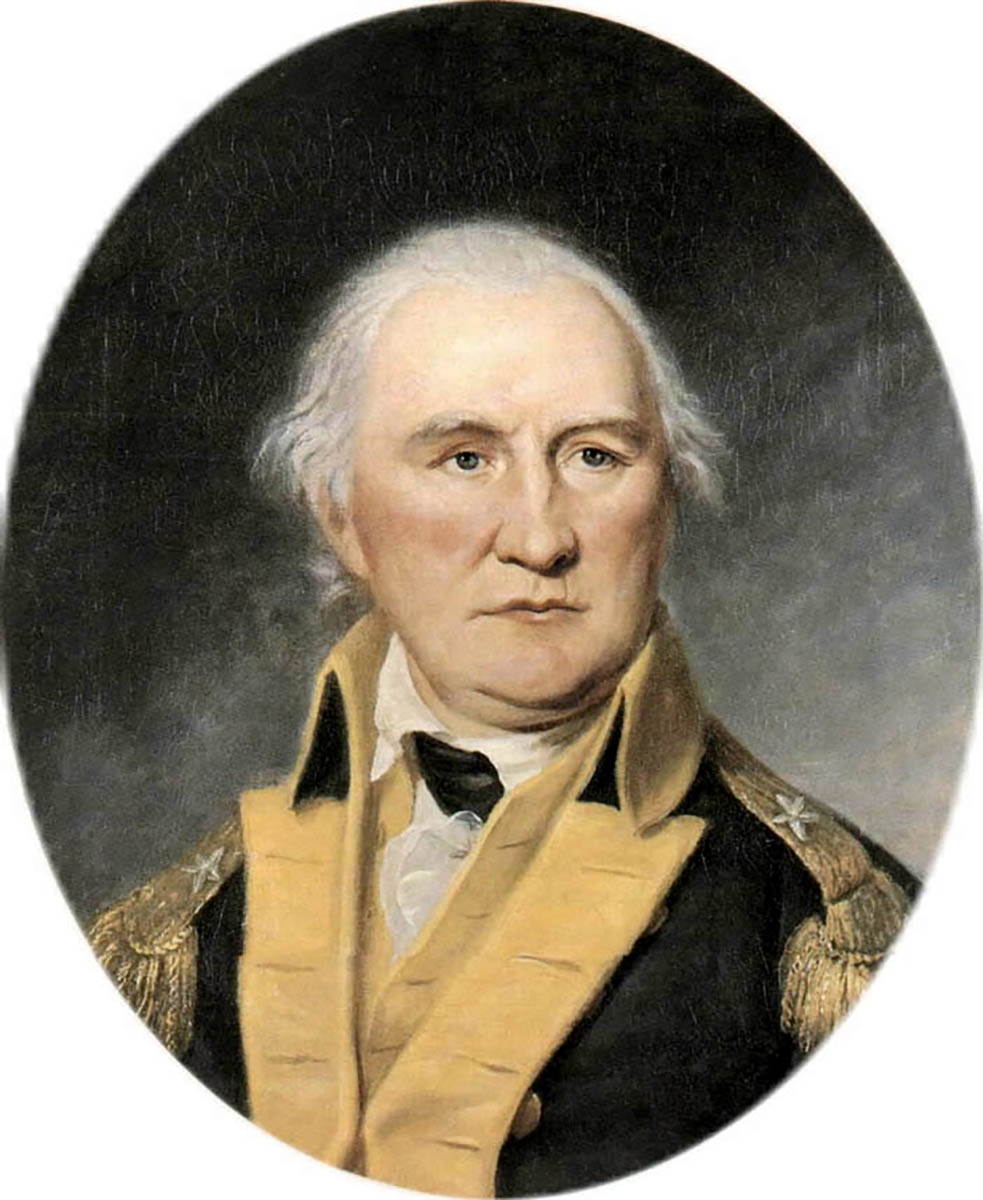
Army Trails
Explore Our Army TrailsNews and Articles
View Our News & Articles- visit
- exhibits
- army trails
- public programs
- education
- events
- news
- about
- get involved
Back
Visit the Museum
Plan Your Visit
Back
Back
Public Programs
Army 250
Back
Programs & Education
Learning Opportunities
Back
Back


![The Miriam and Ira D. Wallach Division of Art, Prints and Photographs: Print Collection, The New York Public Library. Detail from image “John Lamb, Henry Dearborn, Daniel Morgan, Christopher Greene [and] Return J. Meigs.” New York Public Library Digital Collections.](https://www.thenmusa.org/wp-content/uploads/2025/08/Screenshot-2025-08-19-at-4.10.11 PM.png)